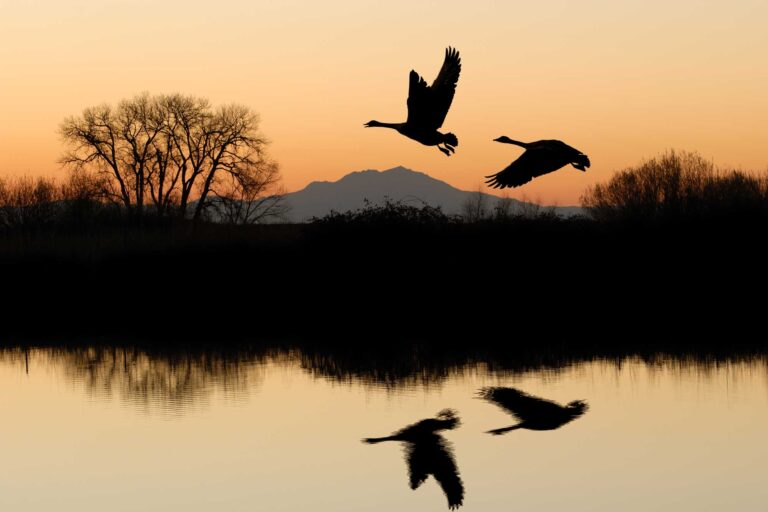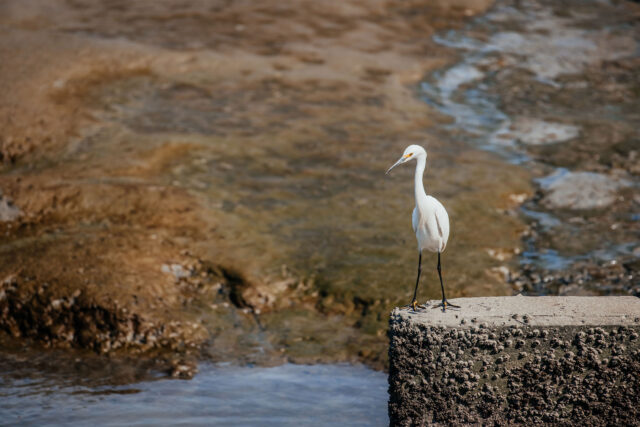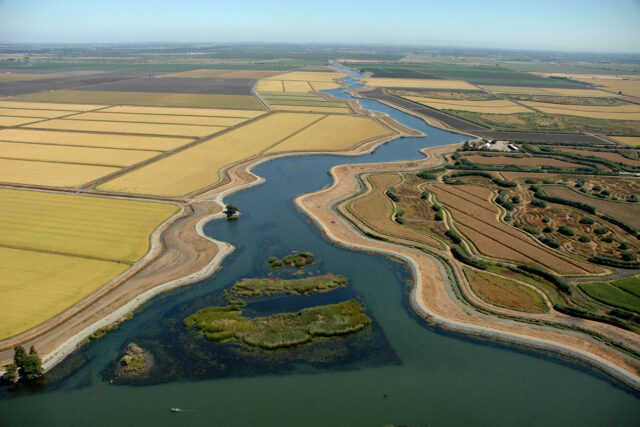Susan Tatayon has spent four decades working in California’s water world, most recently as chair of the Delta Stewardship Council. (She was appointed by Governor Brown in 2014 and reappointed in 2018.) She retired from state service in 2022. We caught up with her to gather a few gems of wisdom, calling on her unparalleled understanding of water in a state that’s facing bigger water challenges than ever.
 You have worked on California’s water issues from almost every conceivable angle—at organizations including Department of Water Resources (DWR), the Bureau of Reclamation, The Nature Conservancy, and more. What are your biggest takeaways from those decades?
You have worked on California’s water issues from almost every conceivable angle—at organizations including Department of Water Resources (DWR), the Bureau of Reclamation, The Nature Conservancy, and more. What are your biggest takeaways from those decades?
There have been so many lessons along the way. One big thing I learned is that you can get an awful lot done if you can get state and federal agencies moving in the same direction.
It’s really important to keep the long view in mind. If I had gotten discouraged in the 1990s, I wouldn’t be here today. Keep in mind the elements of your strategies, so that when windows of opportunity open, you’re ready. Be ready for the rare moments when the feds and the state are ready, willing, and able to work together—which means they’ll put forth human resources, funding, timing of funding, parallel programs, and action plans that allow you to work together cohesively.
Most people working in water didn’t think through the consequences of their agencies’ projects for other parties very well in the ‘80s and ‘90s, but they’re doing better now. Collaborative processes usually lead to more durable solutions and sometimes generate ideas you wouldn’t have had otherwise. When you bring people to the table who truly want to solve the big-picture problem, not just defend what’s at stake for them, the process is vastly improved, and it creates a more robust, lasting set of actions and strategies for addressing complex water management issues.
I also learned another valuable lesson: there’s nothing like the sheer power of place to inspire and motivate collective action. In the early ‘80s, I was asked to respond to thousands of letters Jerry Brown’s office was receiving about Mono Lake, and everyone I worked with at the time thought, “What a drag!” The letters came from all over the world, and they showed the power of place to speak to people. Those letters sparked the beginning of my desire to see if we couldn’t manage California water in a way that leaves places like Mono Lake and its tributaries more whole—and restores them.
The Delta is arguably the thorniest water management problem in the state of California. What was the biggest challenge during your time at the Delta Stewardship Council?
There were so many, but perhaps the biggest challenge was the Delta Levees Investment Strategy (DLIS). In 2014, Phil Isenberg was chair and was just establishing the first principles for creating prioritization in the DLIS. Something about the word “prioritization” really got quite a few folks excited and worried. The experience was so contentious, it was amazing to me. It was difficult to convey to people—though we said it many times—that the database within the strategy will allow DWR, the flood board, the local reclamation districts, and the public to track what got funded, for what reason, and what difference it made. I’m glad to say that the Delta Levees Investment Strategy is going to survive.
What would surprise people to learn about the Delta?
It might surprise some people to learn that the Delta is California’s first and only National Heritage Area. Congress approved this designation in 2019, and the Delta Protection Commission is working to come up with the management plan for the Natural Heritage Area.
Where are the points of hope?
When I started with The Nature Conservancy, the idea of “natural capital” took quite a while to take hold. Now we have state policies and initiatives focused on implementing nature-based solutions for flood risk reduction and climate resilience. That’s heartening to me.
We’re also seeing a lot more openness to integrating social sciences into science-based decision-making for the Delta. This is a wonderful movement that we need to take even further.
There’s been a change in mindset about who to include—there’s more intention to improve the diversity of folks at the table for water management and planning. Diversity—both in people and disciplines—will provide a lot of benefits. It’s about time.
I have faith in our ability to adapt. We have a long history of overcoming environmental and health challenges and adapting: COVID-19 alone is an example of using science to address a major crisis. There are so many keen minds working on water management. People are very inventive, and that’s where I put my faith.




